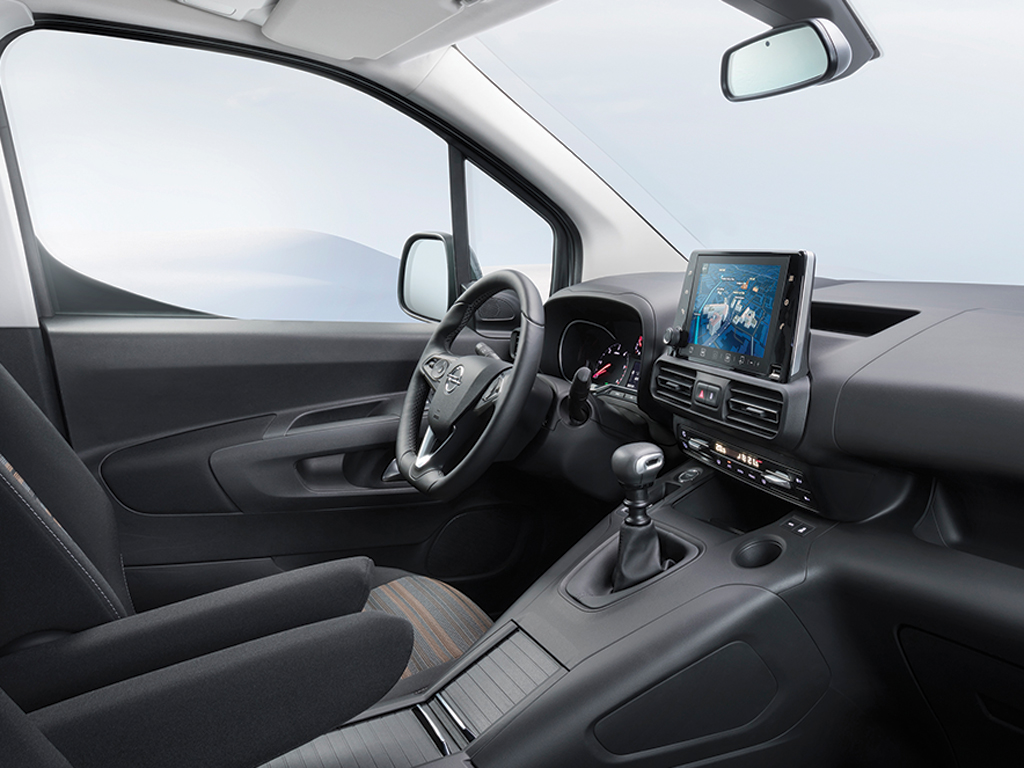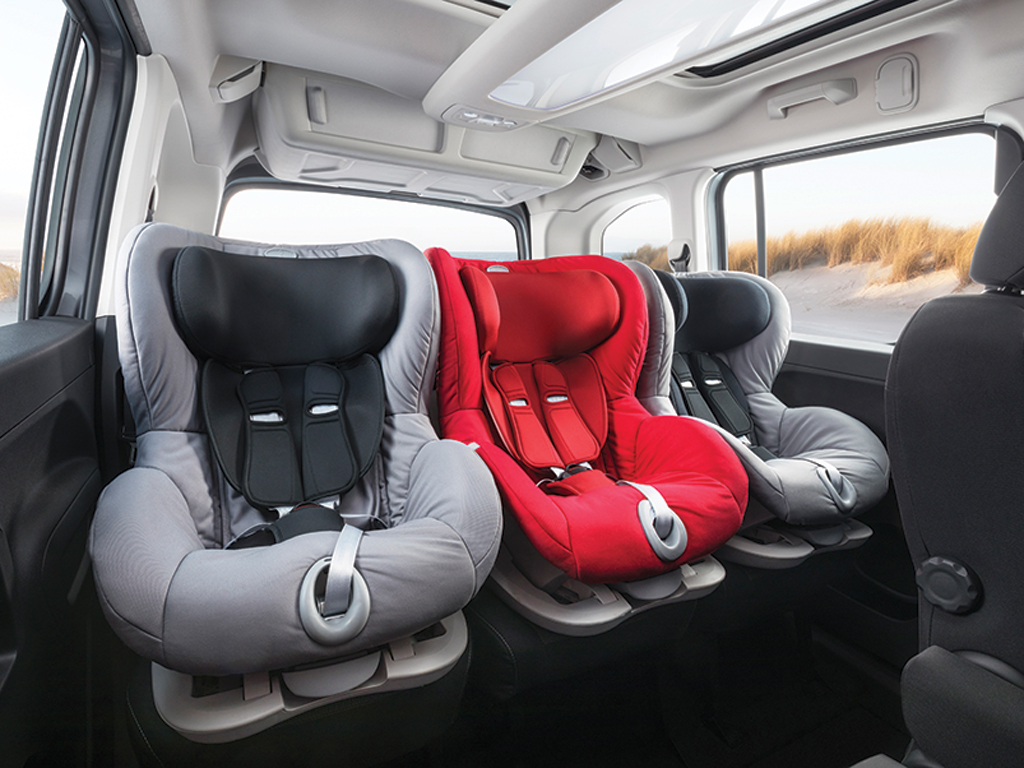Road Test: Opel Combo Life
The answer to small families’ mobility woes isn’t always SUV-shaped, explains Alex Grant.
- Opel Combo Life
SECTOR Medium MPV PRICE €19,995-€31,550 FUEL 4.1-5.7l/100km* CO2 108-133g/km**
Parenthood is, to an extent, about survival. It’s taking steps to simplify a life that’s become more complicated with kids and the associated bulky buggies and bags in tow. The solution is often perceived to be SUV-shaped but, from a purely pragmatic perspective, that’s not necessarily true.
The Combo Life certainly isn’t SUV-shaped, but it is a good alternative. It’s a van-derived MPV, shared for the most part with Peugeot and Citroën’s sister products – for which, in most markets, there is an established customer base. Alongside the Grandland X, it also gives Opel another option for drivers who would previously have opted for a Zafira.
Although it lacks the kerb appeal of an SUV, it’s infinitely more space-efficient. The Combo is no bigger than a Grandland X, with which it shares a platform, but it offers a boot large and low enough for an unfolded double buggy and sliding doors to make it easier to load in tight spaces. It even has the rare talent of accommodating three booster seats across the rear bench, each with ISOFIX points, and a third row of seats is optional. However, large families are better off in the extended XL bodystyle.
Engines are shared with the Crossland X and Grandland X; 100hp and 130hp 1.5-litre diesels, and 110hp and 130hp 1.2-litre petrols, the latter only fitted to the short-wheelbase version. Hard cabin plastics and the tall driving position give away that it’s based on a van, but it drives much like a small hatchback – ride quality is good, it’s easy to manoeuvre in town and wind noise is the only real complaint at higher speeds. The entry-level diesel is impressively quiet, too, even without the sixth gear fitted to the equivalent petrol. An eight-speed automatic transmission is available for the two 130hp engines.
Equipment levels are similarly car-like. High-end options like leather seats haven’t come into this segment yet, but the range is simple and top-level trims get niceties such as alloy wheels, chrome dashboard inserts and touchscreen infotainment. Android Auto and Apple CarPlay are both included, each of which put route-planning apps on the main screen, but built-in navigation is optional. As are the electric rear windows, which are included on Peugeot Rifter’s mid-level trim – cruder pop-outs are standard on the Opel.
That comparison is symptomatic of its biggest threat. The Combo Life is exceptionally clever, but it’s a newcomer facing two established rivals and it feels the most van-like of the three, lacking either the colourful interiors and flamboyant design of the Berlingo or the faux SUV styling of the Rifter. It’s good news for pragmatic parents seeking an easier life, but likely to be a tougher sell for those who would otherwise opt into something SUV-shaped.
The Verdict
It’s hard to fault the Combo Life’s talent for moving people and objects, but boxy MPVs are a tough sell in a market where the SUV is king.
*WLTP, ** NEDC Corellated





